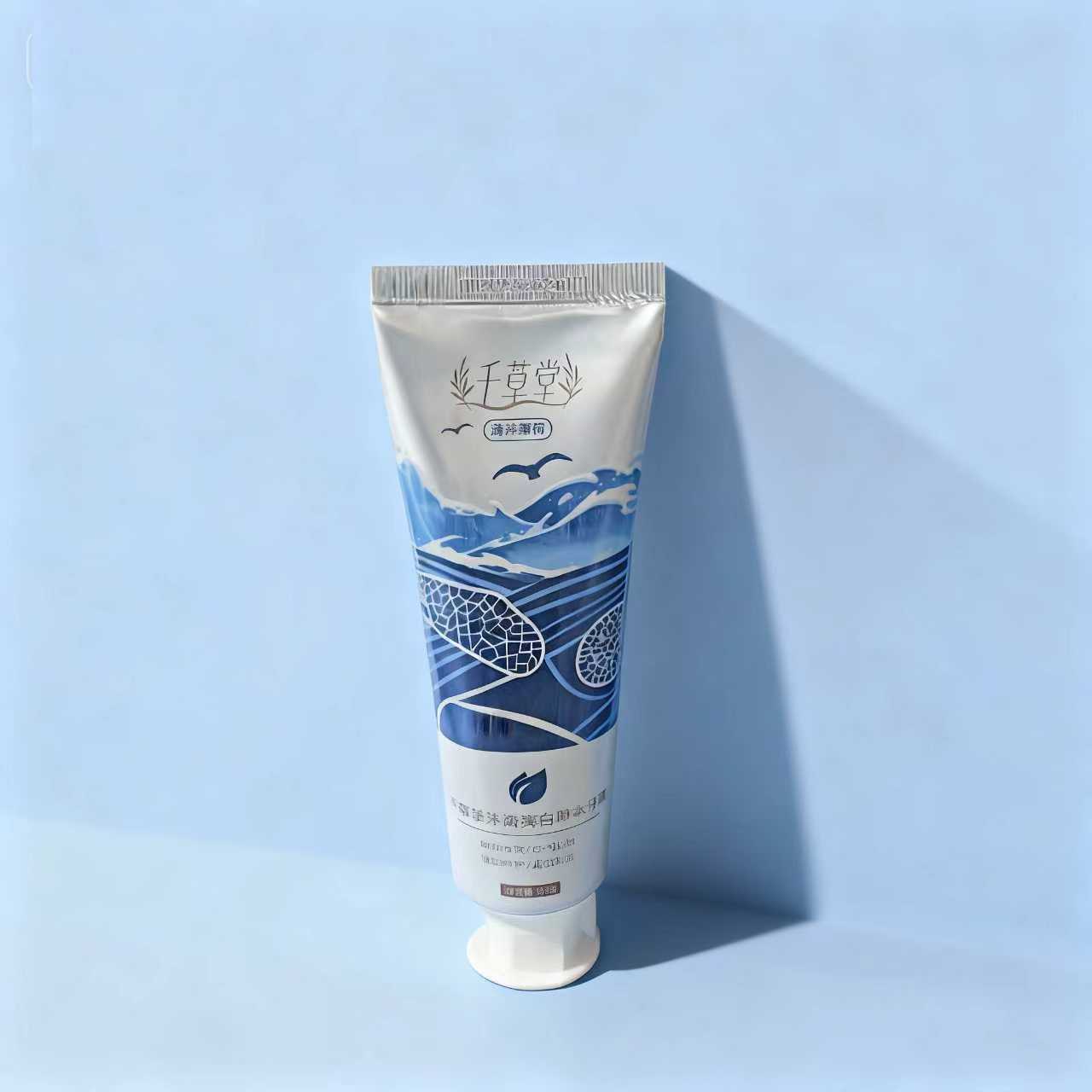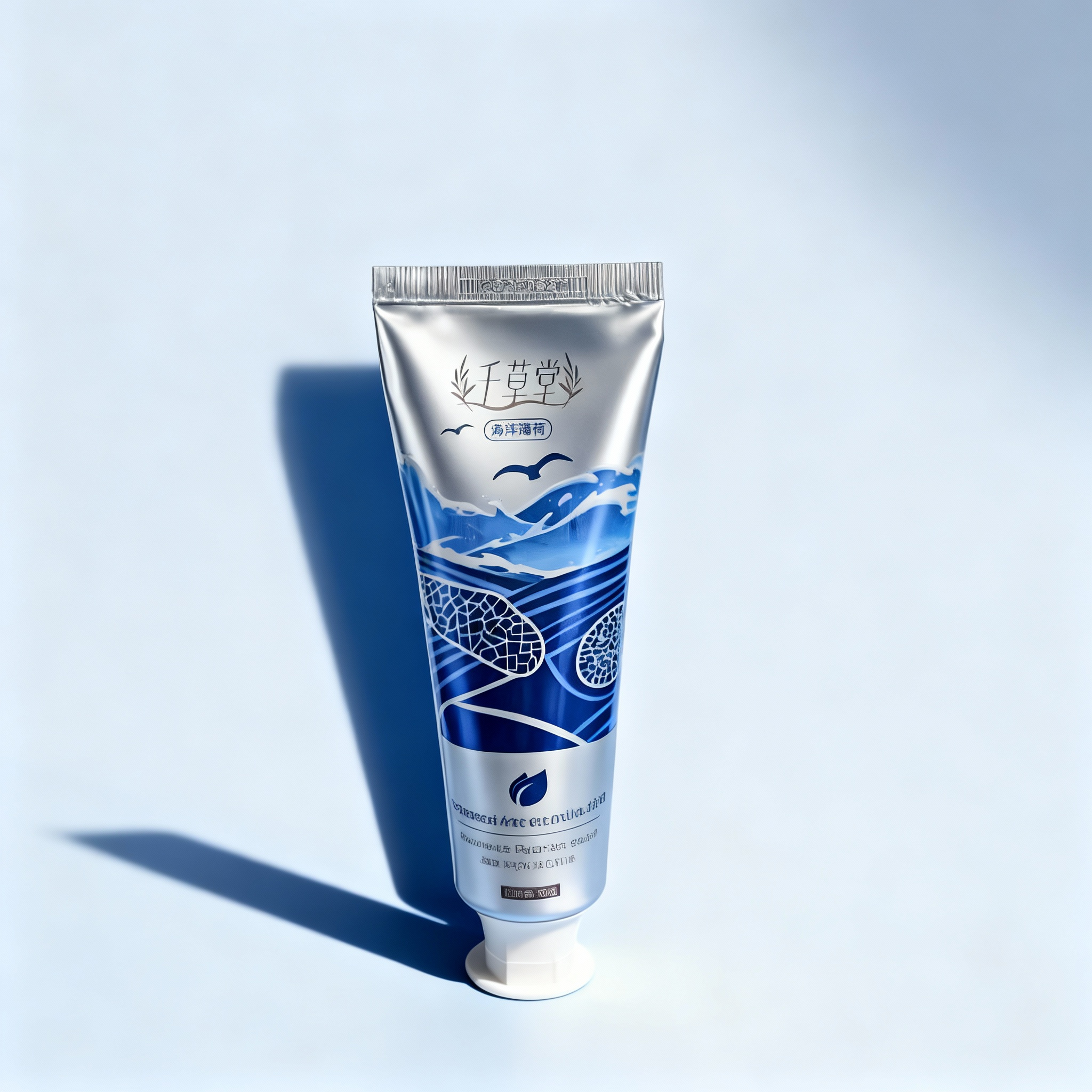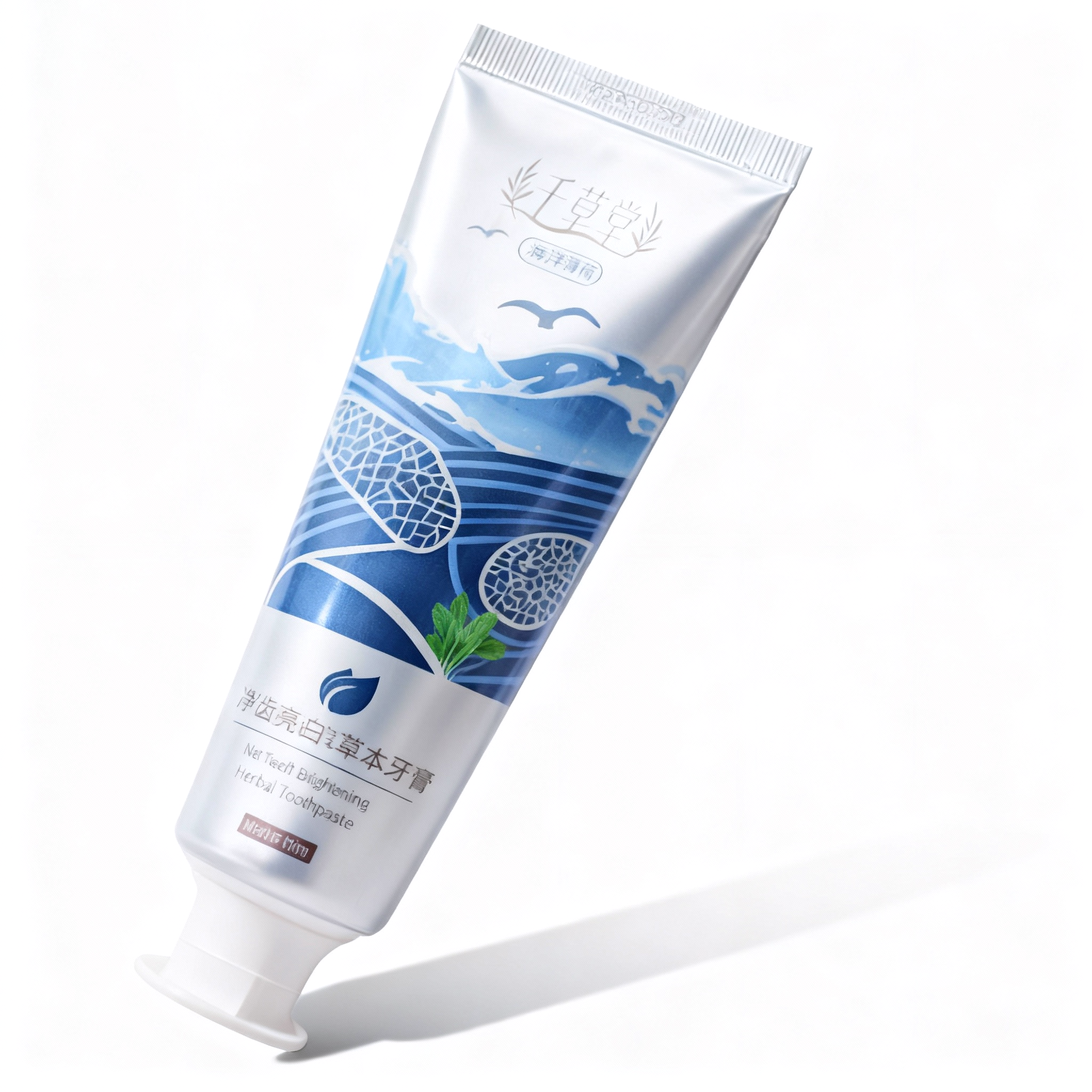
Study on the Application of Diatom Protein Nanomaterials in International Cosmetic Brands
Introduction: Properties and Advantages of Diatom Protein Nanomaterials
Diatom protein nanomaterials are natural bio-materials derived from marine diatoms, featuring unique nanoscale porous structures and excellent physicochemical properties. Diatoms are unicellular algae with silica-based cell walls composed of regularly arranged nanopores (10–200 nm). This structure gives diatom protein nanomaterials a high specific surface area (300,000–600,000 cm²/g), strong adsorption capacity, excellent biocompatibility, and remarkable chemical stability.
In the cosmetics industry, diatom protein nanomaterials are increasingly applied in premium skincare and makeup products. Their unique physical and chemical properties provide outstanding performance in oil control, hydration, absorption, UV protection, and skin brightening. As consumer demand for natural, safe, and high-performance cosmetics continues to grow, and nanotechnology advances within the industry, diatom protein nanomaterials are emerging as a key functional ingredient that enhances both technology and competitiveness for global luxury cosmetic brands.
This report systematically analyzes the use of diatom protein nanomaterials in skincare and makeup products by major international brands, focusing on their mechanisms, integration methods, and impacts on product performance and quality—offering valuable insights for R&D professionals, brand strategists, and high-end beauty consumers.
Applications in Makeup Products
1. Base Makeup — Foundations and Concealers
Diatom protein nanomaterials are widely used in foundations and concealers due to their strong adsorption and light-diffusion properties. They effectively absorb sebum and moisture on the skin surface, ensuring long-lasting oil control while diffusing light to minimize pores and fine lines for smoother, more natural coverage.
Integration Method:
They are typically added in powder form, or blended with other powder ingredients (e.g., talc, mica, titanium dioxide). In many luxury formulations, diatomaceous earth serves as both an absorbent and light-diffusing agent. Surface modification further enhances dispersibility and stability.
Impact on Performance:
Products with diatom protein nanomaterials exhibit longer-lasting wear, better oil control, smoother texture, and improved coverage—remaining intact even in hot and humid conditions.
2. Setting Powders and Loose Powders
Due to their porous structure and fine texture, diatom protein nanomaterials are ideal for setting and oil-control powders. They absorb excess oil and moisture, prolong makeup wear, and create a soft-focus finish.
Integration Method:
Added directly as powders or mixed with talc, mica, or silica. Surface modification improves dispersibility.
Impact on Performance:
Provides extended oil control, blurs imperfections, and enhances a lightweight, breathable texture—ensuring flawless results under humidity or heat.
3. Makeup Primers and Base Creams
In primers and base creams, diatom protein nanomaterials improve smoothness, oil absorption, and light diffusion—helping makeup adhere better and last longer.
Integration Method:
Used in both powder and liquid forms, often combined with moisturizing, UV-protective, or antioxidant ingredients.
Impact on Performance:
Results in smoother skin texture, better adherence of makeup, and reduced shine—enhancing comfort and durability.
4. Mascara and Eyeliner Products
Their adsorption capacity and stability improve adhesion and longevity in eye makeup, reducing smudging and enhancing curl retention.
Integration Method:
Added as a thickener or film-forming agent in liquid or powder form, sometimes combined with pigments or preservatives.
Impact on Performance:
Enhances smooth application, long-lasting definition, and resistance to sweat or tears.
5. Special-Effect Makeup — Pearlescent and Gloss Finishes
Diatom protein nanomaterials scatter and reflect light, producing natural pearlescent or glossy effects. When blended with other pigments like mica or titanium dioxide, they create more refined optical depth and color richness.
Impact on Performance:
Provides natural luster, higher color vibrancy, and improved smoothness and stability under various lighting conditions.
6. Long-Lasting and Waterproof Makeup
Their porous structure enables strong adhesion, moisture absorption, and breathable film formation, improving both longevity and waterproof performance.
Impact on Performance:
Ensures durable, smudge-proof results even in high-humidity environments, while maintaining comfort and air permeability.
Conclusion
Diatom protein nanomaterials, often used in powder form or blended with other cosmetic ingredients, bring significant performance improvements across multiple makeup categories:
-
Oil control & lasting wear in foundations and concealers.
-
Soft-focus & smooth finish in setting powders.
-
Enhanced adhesion & smoothness in primers and mascaras.
-
Natural shine & waterproof protection in special-effect cosmetics.
Through these applications, Qian Cao Tang diatom protein nanomaterials are redefining the formulation standards for luxury cosmetic brands worldwide—delivering advanced, natural, and high-performance beauty solutions suitable for diverse climates and consumer needs.



